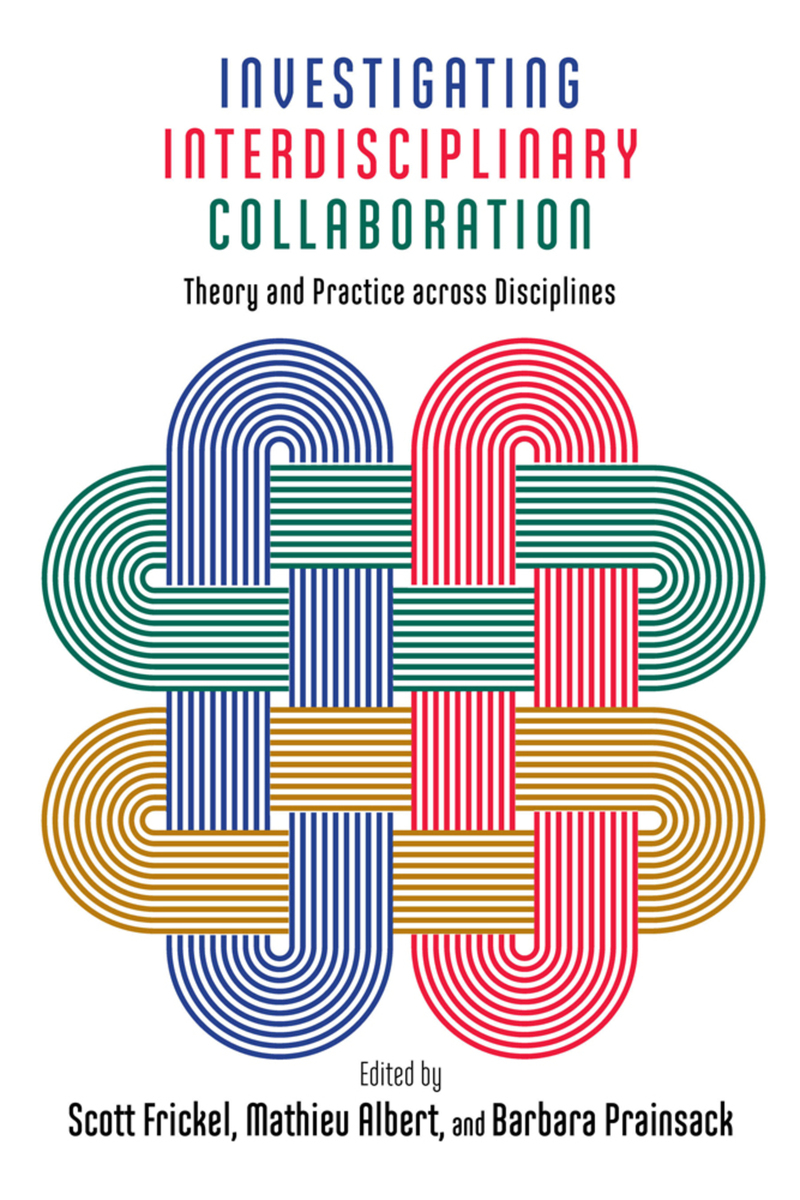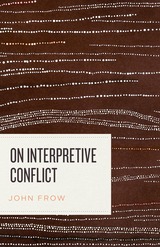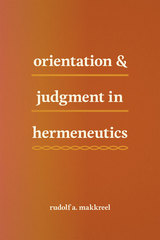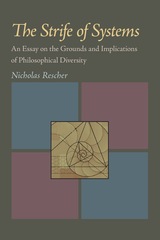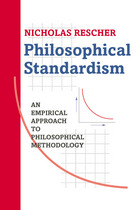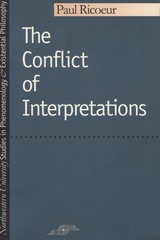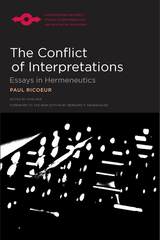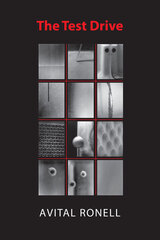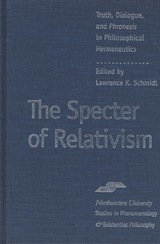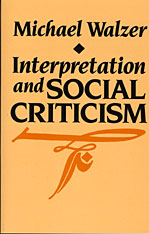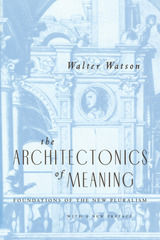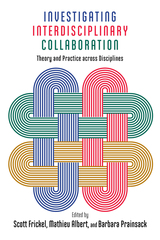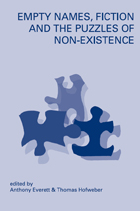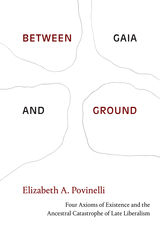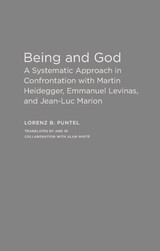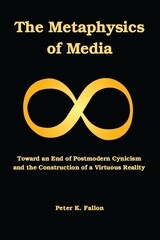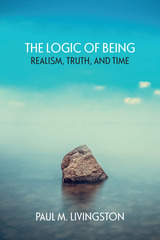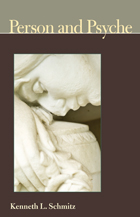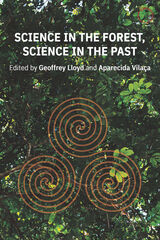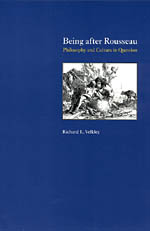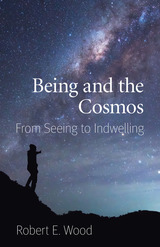Investigating Interdisciplinary Collaboration: Theory and Practice across Disciplines
Rutgers University Press, 2016
Cloth: 978-0-8135-8589-5 | eISBN: 978-0-8135-8591-8 | Paper: 978-0-8135-8588-8
Library of Congress Classification BD255.I65 2017
Dewey Decimal Classification 001
Cloth: 978-0-8135-8589-5 | eISBN: 978-0-8135-8591-8 | Paper: 978-0-8135-8588-8
Library of Congress Classification BD255.I65 2017
Dewey Decimal Classification 001
ABOUT THIS BOOK | AUTHOR BIOGRAPHY | REVIEWS | TOC
ABOUT THIS BOOK
Interdisciplinarity has become a buzzword in academia, as research universities funnel their financial resources toward collaborations between faculty in different disciplines. In theory, interdisciplinary collaboration breaks down artificial divisions between different departments, allowing more innovative and sophisticated research to flourish. But does it actually work this way in practice?
Investigating Interdisciplinary Collaboration puts the common beliefs about such research to the test, using empirical data gathered by scholars from the United States, Canada, and Great Britain. The book’s contributors critically interrogate the assumptions underlying the fervor for interdisciplinarity. Their attentive scholarship reveals how, for all its potential benefits, interdisciplinary collaboration is neither immune to academia’s status hierarchies, nor a simple antidote to the alleged shortcomings of disciplinary study.
Chapter 10 is available Open Access here (https://www.ncbi.nlm.nih.gov/books/NBK395883)
Chapter 10 is available Open Access here (https://www.ncbi.nlm.nih.gov/books/NBK395883)
See other books on: Interdisciplinary approach in education | Interdisciplinary approach to knowledge | Interdisciplinary research | Kleinman, Daniel Lee | Research & Methodology
See other titles from Rutgers University Press
